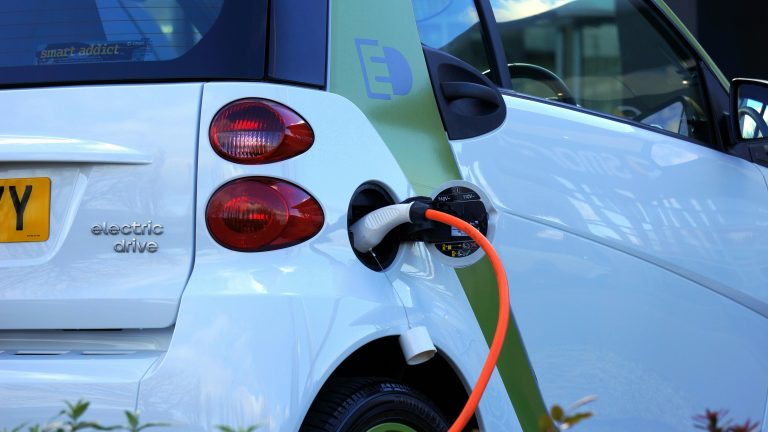Boycotts With Bite: How SMART Goals Can Turn Outrage Into Impact

In a world overflowing with outrage, boycotts have become a common call to action. But let’s be honest—most of them fizzle out. They’re too vague, too unfocused, or lack the staying power to make a dent. It’s not that people don’t care. They do. But caring isn’t enough. If we want boycotts to matter, they need to be strategic, measurable, and laser-focused.
Enter the SMART framework: Specific, Measurable, Achievable, Relevant, and Time-Bound. It’s often used in business and personal goal-setting, but it’s exactly the kind of structure that can turn an emotional response into a disciplined, effective movement.
Why SMART Boycotts Work
Boycotts that work don’t just tell people what not to do—they show them how to act, what success looks like, and what change they’re working toward. With SMART goals, a boycott isn’t just a vent. It’s a plan.
Let’s break it down:
-
Specific – What exactly are you asking people to do? (e.g., Stop buying Tesla vehicles.)
-
Measurable – How will you know if it’s working? (e.g., Tesla sales drop by X%, or stock falls to Y.)
-
Achievable – Is it realistic? (e.g., Focused on a particular product line or demographic.)
-
Relevant – Does the boycott connect to a real issue? (e.g., Musk’s data access, labor practices, or funding of dangerous political efforts.)
-
Time-Bound – What’s the timeframe for results or reassessment? (e.g., 90 days to hit a specific milestone.)
Let’s Talk About Tesla and Elon Musk
Elon Musk isn’t just a CEO—he’s a political actor with an outsized platform, horrific ethics, and increasingly dangerous alliances. From his politically motivated takeover of Twitter/X, to his cozying up to authoritarian figures, Musk’s influence isn’t just annoying—it’s hurting society.
Calls to boycott Tesla have come in waves. But without structure, they lose steam.
What if we used a SMART goal approach instead?
A SMART Boycott Example: Tesla
-
Specific: Encourage consumers to delay or cancel Tesla purchases in favor of alternative EVs like Ford, Rivian, or Hyundai.
-
Measurable: Set a goal of reducing U.S. Tesla Model 3/Y sales by 5% in Q3.
-
Achievable: Target potential first-time EV buyers with education campaigns on Musk’s actions and better alternatives.
-
Relevant: Focus messaging on Musk’s unethical behavior—his access to personal data, his push to gut public institutions like the VA, and his influence over federal infrastructure.
-
Time-Bound: Run the boycott campaign over a 90-day window with a post-campaign report on sales trends and consumer shifts.
This approach doesn’t rely on mass outrage alone. It leverages strategy, focus, and accountability.
Turning Boycotts Into Movements
A SMART boycott builds infrastructure. It invites media coverage, builds coalitions, and provides supporters with a roadmap. When goals are met—or missed—you learn, adapt, and try again. That’s how movements grow. That’s how power shifts.
So the next time you’re ready to call for a boycott, ask yourself: Is this just a post? Or is this a plan?
With SMART goals, it can be both.
Let’s stop yelling into the void and start building pressure where it counts.
Because the people who already hold power? They’re counting on us not having a strategy.
Let’s prove them wrong.